BNN常用激活函数总结
1. 常用激活函数
1.1 阔值激活函数
- 当激活值大于0时为1,否则为0
- 由于导数在 x=0 时,不连续,所以不可以用于梯度下降训练
# Customize an threshold activation function
def threshold(x):
cond = tf.less(x, tf.zeros(tf.shape(x), dtype=x.dtype))
out = tf.where(cond, tf.zeros(tf.shape(x)), tf.ones(tf.shape(x)))
return out
# plot
x = np.linspace(-1, 1, 50)
out = threshold(x)
tf.compat.v1.disable_eager_execution()
sess = tf.compat.v1.Session()
with tf.compat.v1.Session() as sess:
y = sess.run(tf.constant(out))
plt.xlabel('X')
plt.ylabel('Y')
plt.title('Threshold Activation Function')
plt.plot(x, y)
plt.show()
Graph
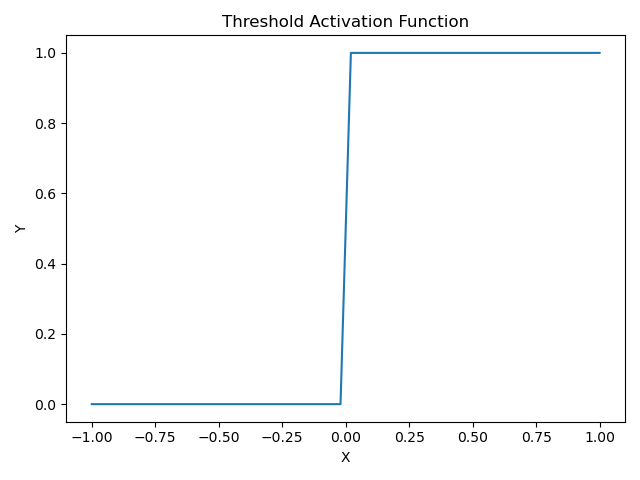
1.2 Sigmoid

- tensorflow内置了 tf.sigmoid()实现
- 输出值范围 (0, 1)
- 该函数在两端导数为趋近于0,故会出现梯度消失(梯度弥散现象)问题,使得样本训练和优化变得越发困难
# plot
x = np.linspace(-10, 10, 50)
out = tf.sigmoid(x)
tf.compat.v1.disable_eager_execution()
sess = tf.compat.v1.Session()
with tf.compat.v1.Session() as sess:
y = sess.run(tf.constant(out))
plt.xlabel('X')
plt.ylabel('Y')
plt.title('Sigmoid Activation Function')
plt.plot(x, y)
plt.show()
Graph
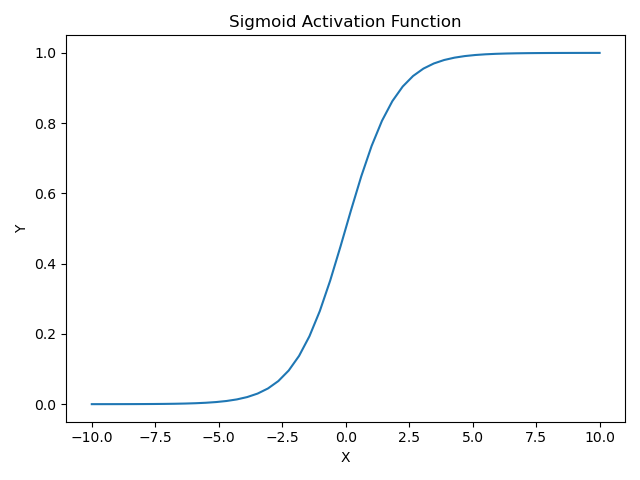
1.3 ReLU
-

-
负值输入为0,正值输入时,输出值和输入值相同
-
负值输入为0的特性(稀疏激活)使得计算量大大减少
-
避免了梯度弥散,是大部分网络模型的首选激活函数
# plot
x = np.linspace(-10, 10, 50)
out = tf.nn.relu(x)
tf.compat.v1.disable_eager_execution()
sess = tf.compat.v1.Session()
with tf.compat.v1.Session() as sess:
y = sess.run(tf.constant(out))
plt.xlabel('X')
plt.ylabel('Y')
plt.title('Sigmoid Activation Function')
plt.plot(x, y)
plt.show()
Graph
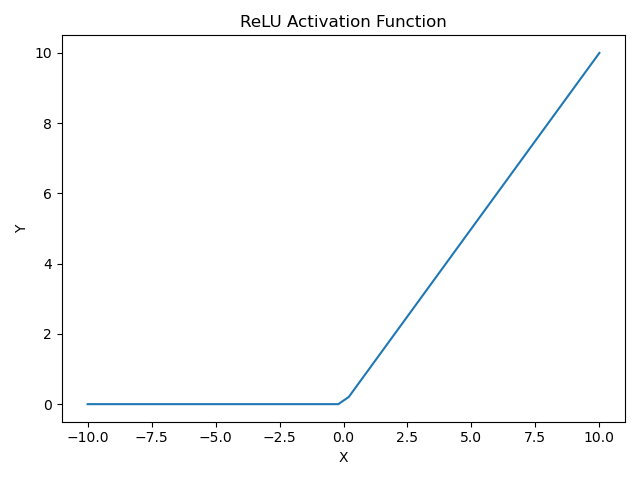
1.4 Softmax
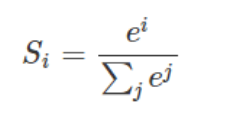
- 函数输出值范围 [0, 1]
- 所有输出值和为1,故改激活函数被广泛用于分类任务网络模型的输出层
# plot
x = np.linspace(-10, 10, 50)
out = tf.nn.softmax(x)
tf.compat.v1.disable_eager_execution()
sess = tf.compat.v1.Session()
with tf.compat.v1.Session() as sess:
y = sess.run(tf.constant(out))
plt.xlabel('X')
plt.ylabel('Y')
plt.title('Softmax Activation Function')
plt.plot(x, y)
plt.show()
Graph
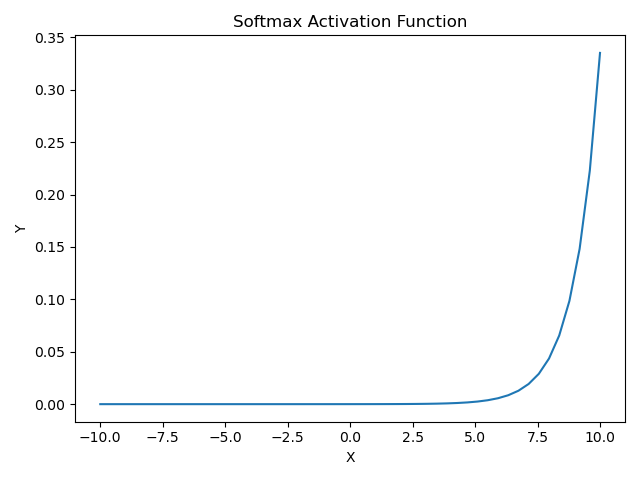
2. Notes
- ReLU函数由于其函数特性,而具有单侧抑制性,同时避免了梯度弥散的出现,因此在多层网络模型中都表现良好,所以在深层网络模型中,最常用的激活函数还是ReLU
原博客链接:https://www.cnblogs.com/xpengp/


